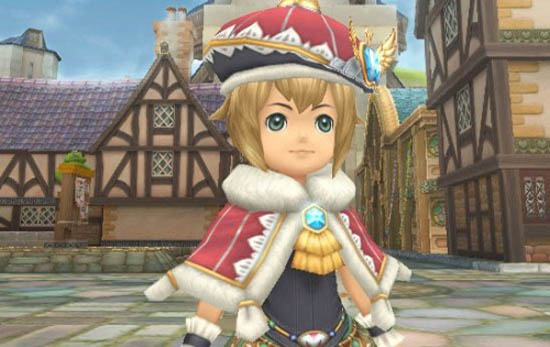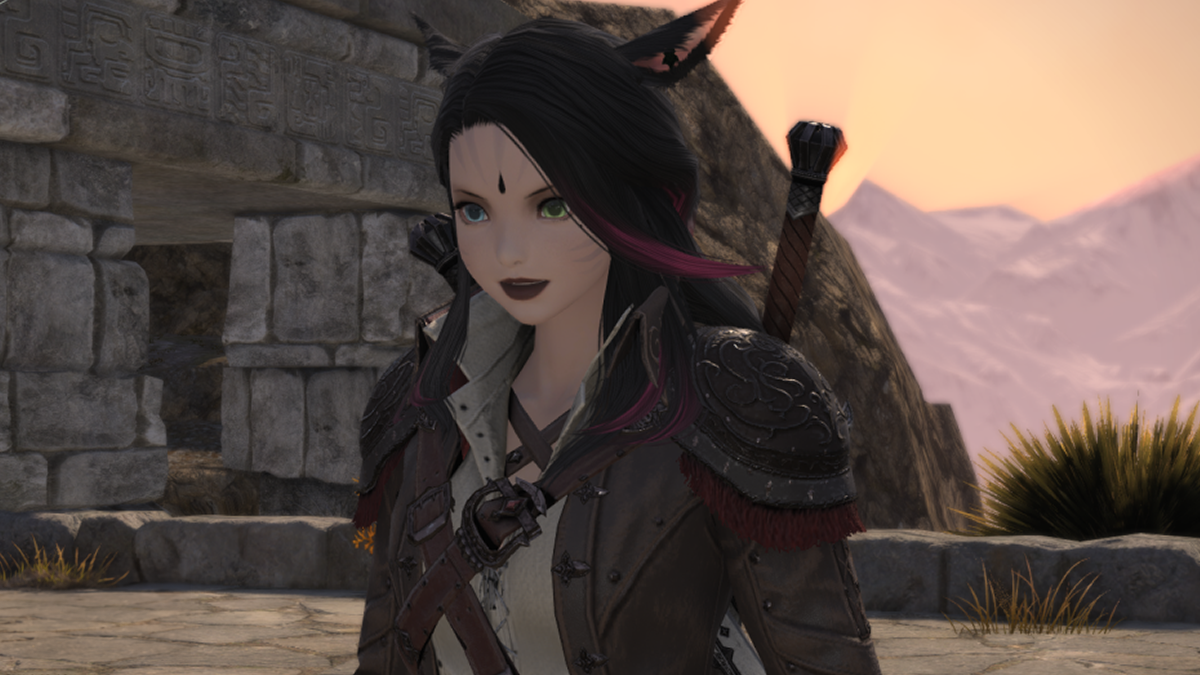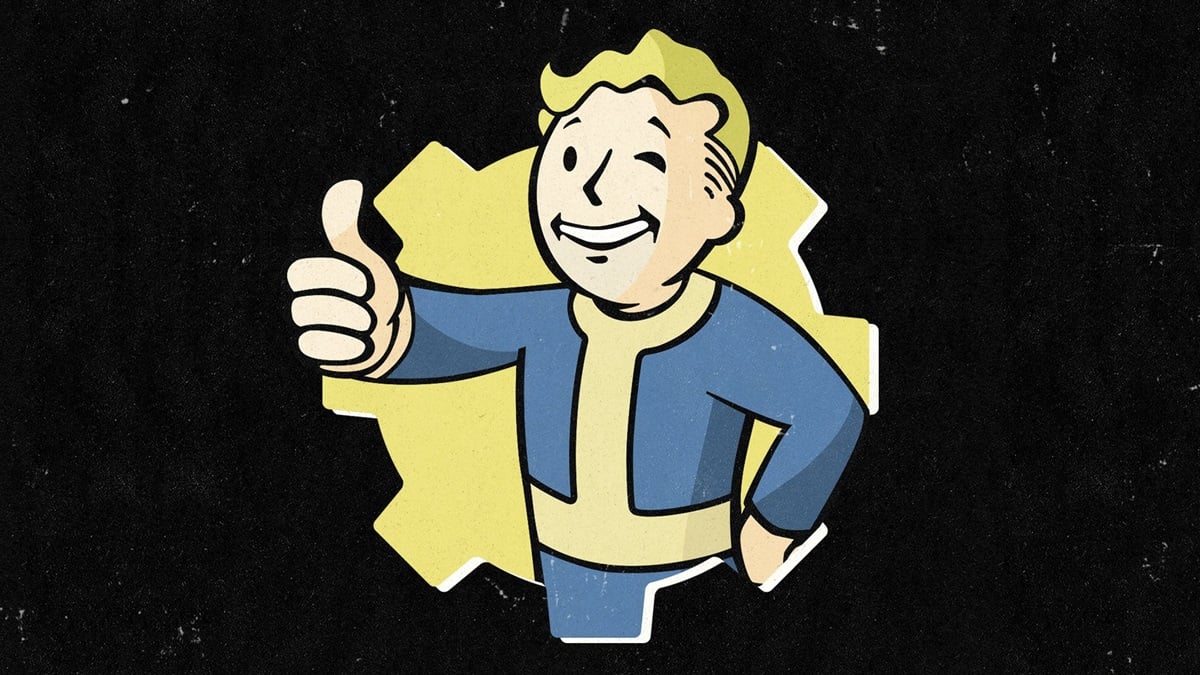News of Square Enix’s upcoming Final Fantasy Crystal Chronicles WiiWare title seemed to come out of nowhere in the Fall of 2007. If you’ve ever wondered how Square Enix got the jump on WiiWare development, you’ll be glad to know that their panel at the 2008 Game Developers Conference did a great job of detailing exactly how this title came to be.
The session was hosted by Toshiro Tsuchida (battle designer for Final Fantasy XIII) and Fumiaki Shiraishi (server programmer for Front Mission Online and Final Fantasy XI). They uncover the entire development process of this title, which has been renamed Final Fantasy Crystal Chronicles: My Life as a King.
Hit the jump to read more.
A $5-$10, 40mb downloadable, low-cost title is quite a contrast to Square Enix’s usual multi-disc, CG-heavy epic games. The development team had to work outside the bounds of their strengths, working with a relatively small team and development time allotment. They know what they’re good at, but for this WiiWare game Tsuchida said that they couldn’t “use high-quality CG as a weapon.”
Shraishi, a server programmer, wanted to branch and and get involved in Square Enix. He saw an opportunity in 2006 when he first encountered WiiWare details on the internet. He quickly prepared a proposal for a game that would eventually become My Life as a King.
Shirashi’s proposed that a team of eight could create a WiiWare title in seven months. A designer, two programmers, and five artists would share duties, create the game concept, program with scripts, and draw on older company assets to pull this game together. Of course, it didn’t work exactly like that.
His team began devopment soon after. They set out to make low risk, small sized, Wii hardware-worthy title, starting first with the game’s concept rather than Square Enix’s usual asset development and exploration. Along they way, they fought against memory constraints, had trouble deciding on a target audience, and even scrapped a battle engine after working on it for several months. This was all a bit of a lesson for Square Enix, as the whole development process for this WiiWare game went against their usual ways of working.
Things seemed to have worked out fairly well for this title, which was not originally planed to be a Final Fantasy game. Several benefits like asset help from Crystal Chronicles producer Kawazu, direction from more experienced Square Enix staff, and the use of Nintendo Ware and the Squirrel scripting language let this team come near the end of production after 17 months. In the end, 18 people ended up contributing to My Life as a King. Shirashi joked, “I don’t make schedules anymore.”
It was a bit of a risk to jump on WiiWare title development before full details were released, and the team came upon several difficulties and obstacles along the way. But the end result, shown in video trailer form near the end of the presentation, looked to be another quality, polished title we’ve come to expect from Square Enix.
[Ed’s note: Sorry about the lack of video. Again, like many of the other presentations, use of cameras or video equipment were prohibited. The trailer was a bit longer than the ones we’ve seen previously, and some of these elements can be seen in a video we posted earlier.]




